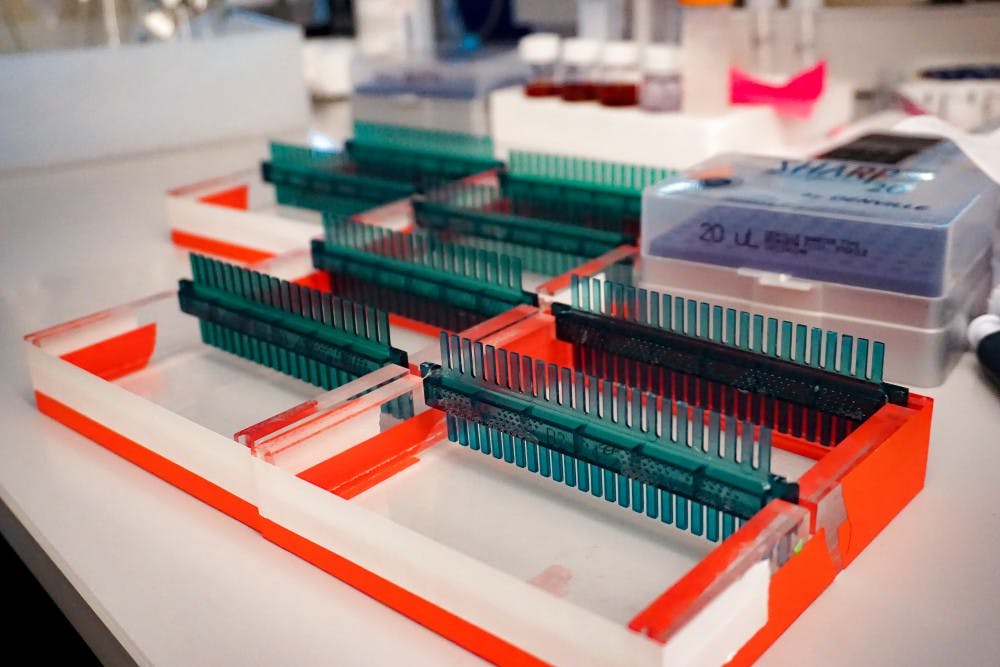Researchers at Penn Medicine may have discovered a way to slow down spinal disc degeneration, granting doctors more time to combat injury in its early stages.
According to Penn Med News, the team of researchers found that cells in the outer region of spinal discs initiate a weak healing process post-injury, which can lead to disc degeneration. The team used engineered biomaterials and small animal models to conclude that the default injury response could be temporarily blocked by calming cells in the outer region with drugs, allowing doctors more time to commence treatment.
Spinal disc degeneration, also known as degenerative disc disease, is often one of the consequences of spinal injury. The disease leads to the degeneration of spinal discs, and causes symptoms such as numbness, muscle weakness, and severe pain.
Post-doctoral fellow at McKay Orthopaedic Research Laboratory Edward Bonnevie said that since the outer regions of the discs are often overlooked, Penn Med researchers decided to study this area.
“Most spine research focuses on the inner part of the disc, but our work highlights the fact that we need to treat the whole disc," Bonnevie said. "Doing so may lead to the identification of new targets for therapy.”
Robert Mauck, professor of orthopaedic surgery and an author of the study, said the results highlight the importance of immediate treatment for spinal disc degeneration.
“These data show us that treating disc injuries very soon after injury is essential," Mauck said.
The study, released on Oct. 14, was published in Nature Biomedical Engineering.
RELATED:
Penn Med prof. Katherine Nathanson receives $3 million grant for cancer research
Penn Med researchers find potential treatment for pancreatic tumors
Penn Medicine awarded $12 million to research radiation therapy for cancer patients









